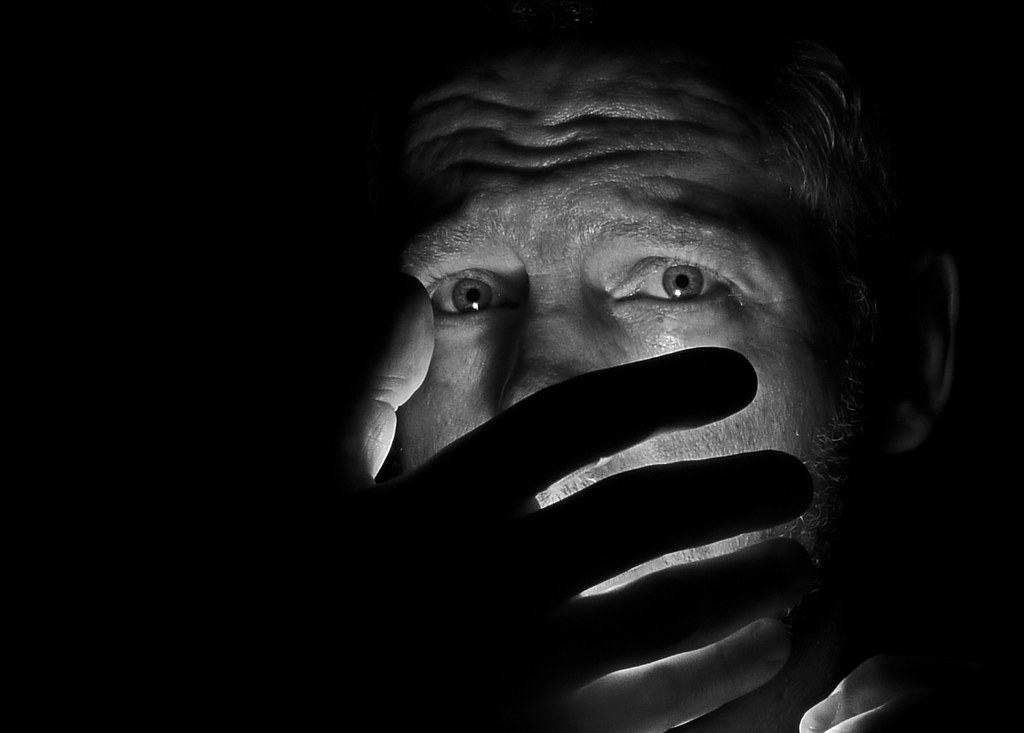Horror films have undergone a significant evolution over the decades, with each era leaving its own mark on the genre. While classic horror films paved the way for the genre’s prominence, modern horror movies introduced innovative storytelling techniques and pushed the limits of fear. Let’s dive into the eerie realms of both new and old horror movies to explore their contrasting elements and enduring appeal.
Atmosphere and tone: Old horror movies often relied on atmospheric tension, subtle scares, and eerie settings to instill fear in audiences. Classics like “Psycho” (1960) and “The Exorcist” (1973) masterfully crafted suspense through meticulous pacing and haunting cinematography. In contrast, modern horror films tend to employ more intense visual effects, jump scares, and graphic imagery to shock viewers. Movies like “Hereditary”(2018) and “Get Out” (2017) utilize a blend of psychological horror and social commentary to create a chilling atmosphere.
Characterization and Storytelling: One notable difference between old and new horror movies lies in their approach to characterization and storytelling. Classic horror often focused on cliche characters, such as the innocent victim or the monstrous antagonist, whose motivations were often straightforward. In contrast, modern horror films often have nuanced backstories and moral vagueness. Movies like “The Babadook” (2014) and “A Quiet Place” (2018) often dip into themes of grief, trauma, and survival, offering an audience a deeper psychological insight.
Theme and Social Commentary: While horror has always served as a reflection of societal fears and anxieties, modern horror movies often incorporate more explicit social commentary into their narratives. Films like “Us” (2019) and “Midsommar”(2019) explore themes of identity, privilege and cultural taboos, providing audiences with thought-provoking commentary on contemporary issues. In spite of that, classic horror movies frequently explored more universal fears, such as the fear of the unknown or the supernatural.
Audience Expectations and Reception: As the audience tastes and expectations evolve, so too does the horror genre. Classic horror films repeatedly catered to a more niche audience of horror aficionados, while modern horror movies have achieved mainstream success and critical acclaim. The multiplication of streaming platforms and digital distribution has also made horror more accessible to audiences worldwide, allowing for greater diversity in storytelling and representation.
In conclusion, both old and new horror movies offer unique experiences and perspectives on the genre. While classic horror films laid the foundation for the genres conventions and tropes, modern horror movies continue to push boundaries and challenge audiences with innovative storytelling and visual effects. Whether you prefer the atmospheric dread of a vintage horror classic or the visceral thrills of a contemporary fright fest, there’s no denying the enduring appeal of horror cinema in all its terrifying forms.

